Having a reliable knife sharpener is essential for maintaining your kitchen tools and ensuring that your blades perform at their best. Whether you use a Damascus steel pocket knife or folding knives, the right sharpener can make all the difference in your cutting experience. In this guide, we'll delve into the critical elements to consider when choosing a knife sharpener that suits your needs.
Understanding the Different Types of Knife Sharpeners
Before diving into what to look for in a knife sharpener, it’s important to understand the types available. Each type has unique features and advantages.
Manual Knife Sharpeners
These are typically small, handheld devices that can effectively sharpen knives by hand. Manual sharpeners usually feature a two-step sharpening process including coarse and fine grit. They are compact, easy to use, and ideal for outdoor enthusiasts who carry a Damascus steel pocket knife.
Electric Knife Sharpeners
Electric sharpeners are more robust and can quickly sharpen your knives with minimal effort. They often come with multiple stages and settings, allowing for precision and customization based on the type of knife you are sharpening. While they work well for kitchen knives, their portability might be a concern for those who often use folding knives in remote locations.
Honing Rods
A honing rod is a simple tool used to maintain the edge of a knife rather than sharpen it. While these tools are not a substitute for sharpening, they can help keep your edge aligned between more intensive sharpening sessions. They are particularly useful for chefs and home cooks looking to maintain their kitchen knives regularly.
Factors to Consider When Choosing a Knife Sharpener
Now that you know the types of sharpeners available, let’s explore what factors you should consider when selecting one.
Sharpening Angles
The angle at which your knife is sharpened can significantly affect its performance. A standard angle for most kitchen knives is around 20 degrees, but some folding knives may require a different angle. Look for a sharpener that offers adjustable angles for versatility.
Sharpener Material
The materials used in the sharpener’s construction can influence its effectiveness. Diamond grit sharpeners are known for their durability and efficiency. Ceramic rods and stones provide a more traditional option, while tungsten carbide is a fast-acting material ideal for quick sharpening. If you frequently use high-quality knives like a Damascus steel pocket knife, opt for a sharpener that matches the knife's quality.
Ease of Use
Your sharpener should be easy to handle and straightforward to operate. A complicated sharpener can lead to inconsistent results and frustration. Many manual sharpeners come with user-friendly designs that guide you through the sharpening process, making them ideal for beginners.
Portability
If you’re an outdoor enthusiast or someone who travels a lot, consider a portable sharpener. Compact manual sharpeners are easy to carry and often fit into bags or pockets. Electric sharpeners might be less portable due to their size and need for power, so weigh your options based on your lifestyle.
Price and Value
Knife sharpeners come in a range of prices. While it may be tempting to opt for the cheapest option, remember that investing in a good quality sharpener can save you money in the long run by prolonging the life of your knives. Consider the features that matter most and choose a sharpener that offers the best value for your needs.
Maintenance of Your Knife Sharpener
A knife sharpener can only perform well if it is properly maintained. Here are some tips to ensure your sharpener stays in optimal condition:
- Regular Cleaning: Remove any metal shavings or debris after each use. This keeps the sharpening surfaces clean and effective.
- Inspect for Wear: Check the sharpening surfaces for signs of wear or damage. Replace them if necessary to maintain performance.
- Store Properly: Keep your sharpener in a safe location to prevent damage. If possible, store it in a protective case to minimize wear.
Understanding the Sharpening Process
To make the most out of your knife sharpener, understanding the sharpening process is essential. Here is a step-by-step guide:
Step 1: Assess the Knife's Condition
Before sharpening, check the blade to determine how dull it is. A visual inspection can help you decide whether to use a coarse grit or simply a fine honing rod.
Step 2: Secure the Knife
It’s crucial to secure your knife in a stable position to avoid accidents while sharpening. If using a manual sharpener, follow the manufacturer’s instructions for proper handling.
Step 3: Start Sharpening
Begin with the appropriate grit based on the knife’s condition. Use consistent pressure and maintain the correct angle as you move the blade through the sharpener.
Step 4: Finish with a Fine Grit
Once the knife has been sharpened, finish the process with a finer grit to hone the edge and remove any burrs that may have formed during sharpening.
Step 5: Test the Sharpness
After sharpening, always test your knife's sharpness. A simple method is to slice through a piece of paper. If it cuts through easily, your knife is ready for use.
The Importance of Regular Sharpening
Many knife owners overlook the importance of regular sharpening. Keeping your blades sharp not only improves their performance but also enhances safety in the kitchen. Dull knives can lead to accidents as they require more force to cut through food, increasing the risk of slips and injuries.
Remember, a sharp knife is a safer knife!
Final Notes on Knife Sharpening
Choosing the right knife sharpener involves understanding the types available, considering key factors such as sharpening angles, materials, ease of use, portability, and price. Maintenance is also crucial in ensuring your sharpener remains effective over time.
As a proud owner of quality knives, whether it’s a Damascus steel pocket knife or a trusty set of folding knives, investing in a high-quality knife sharpener will not only extend the life of your blades but also enhance your overall cutting experience. Happy sharpening!








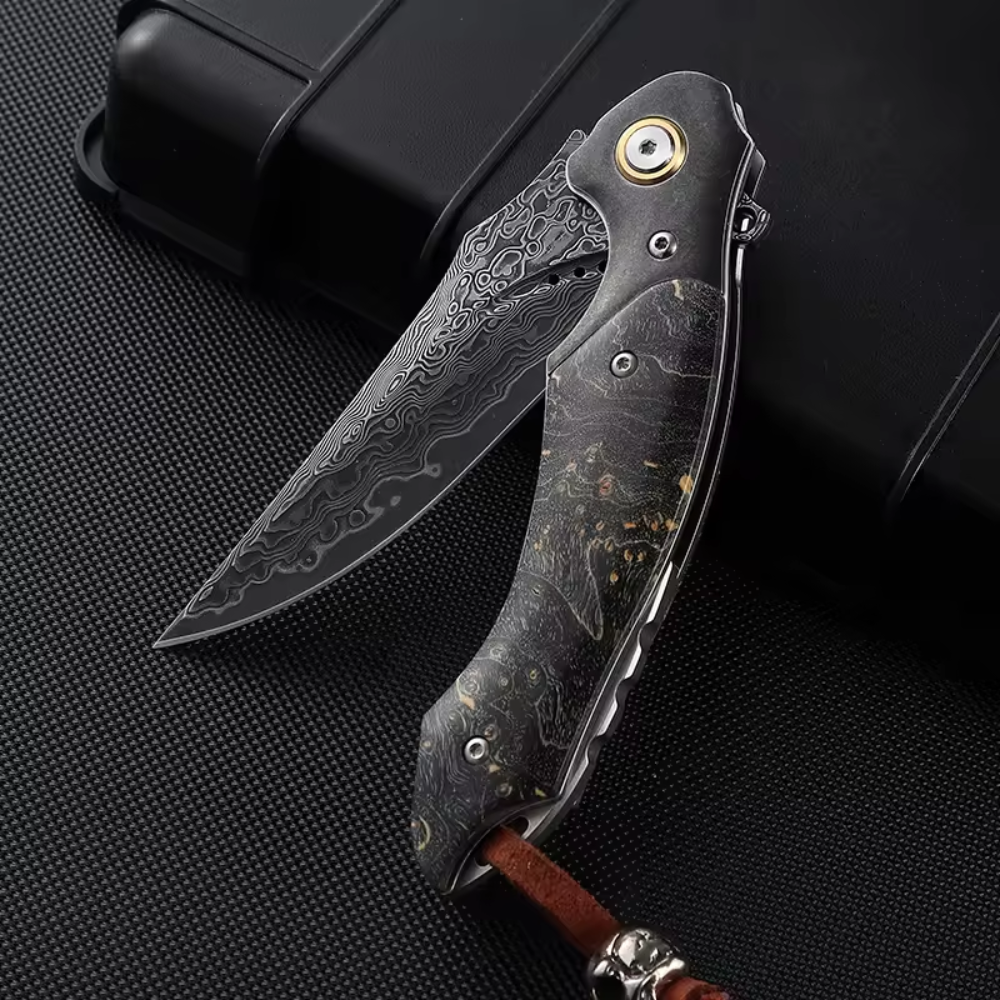


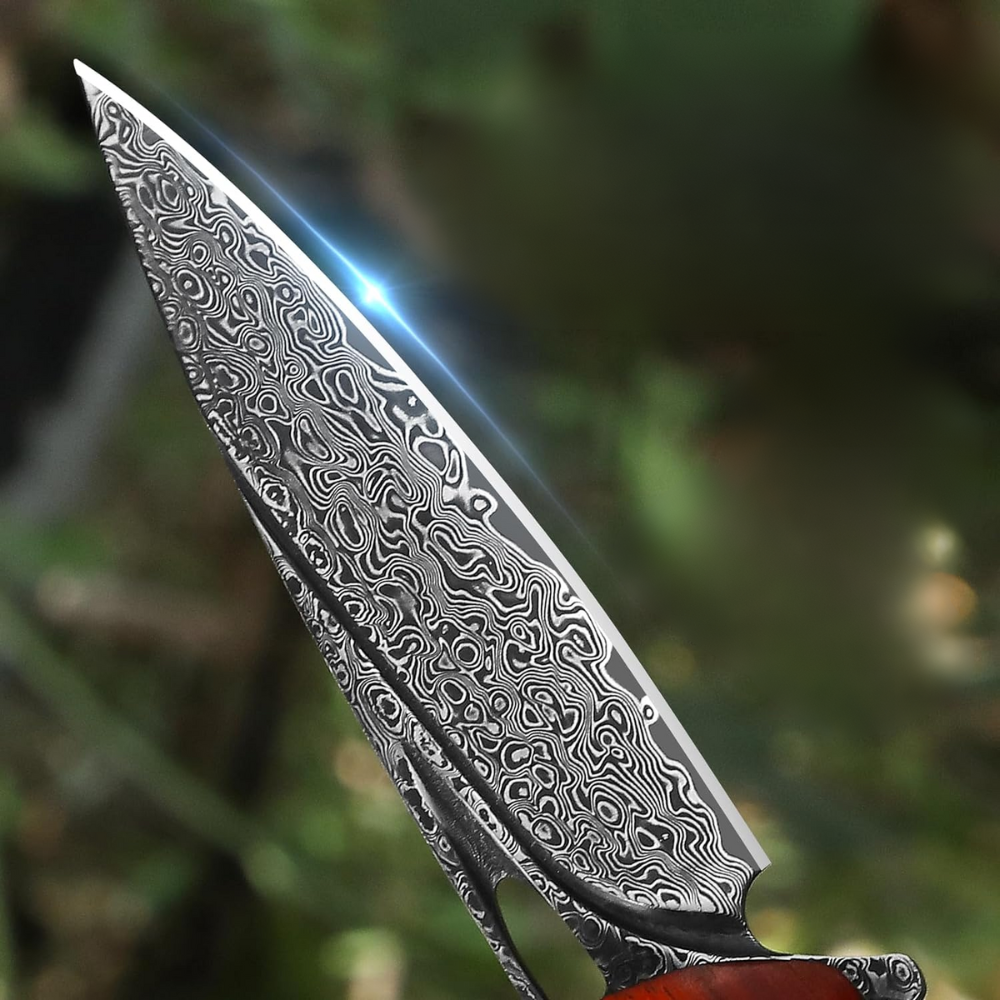








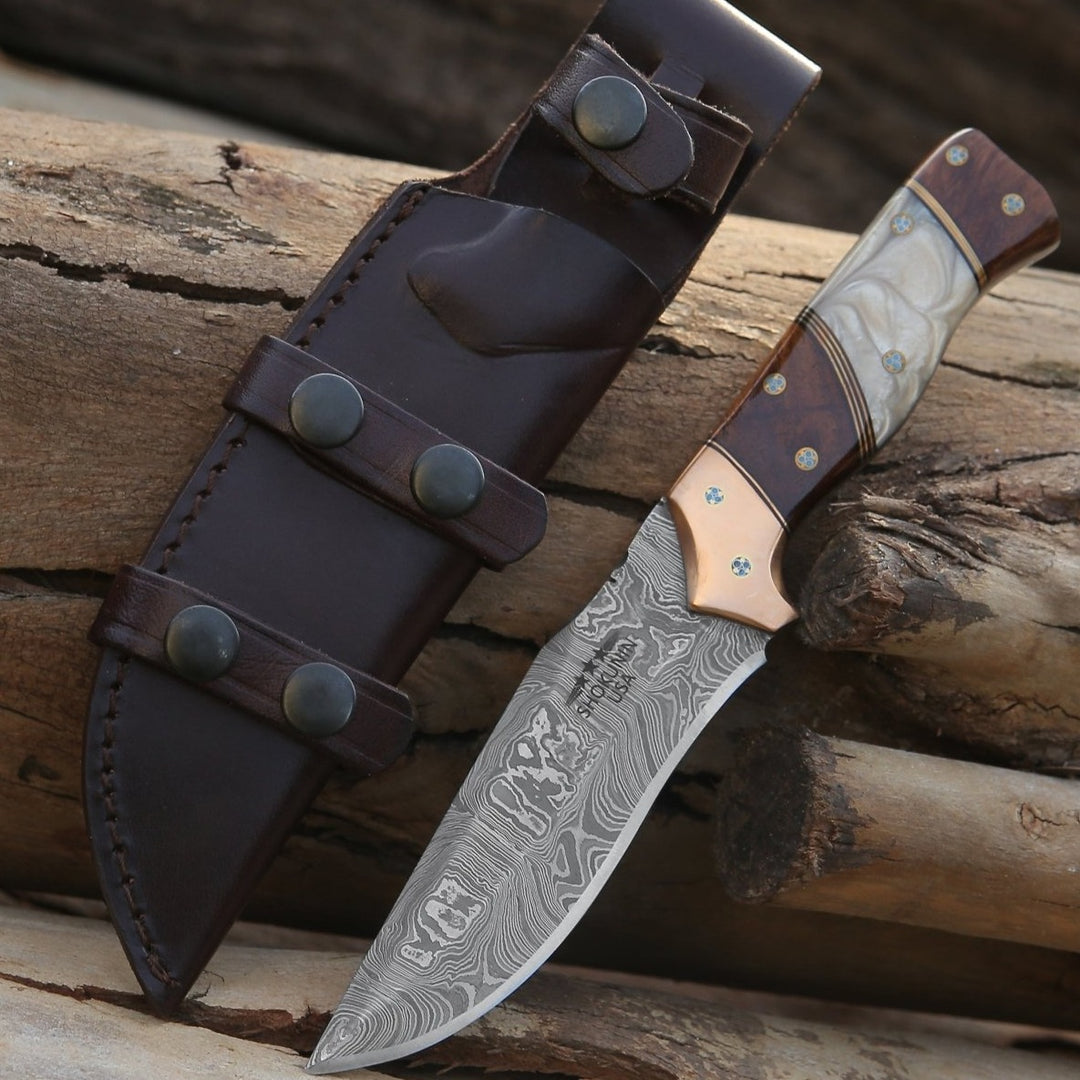
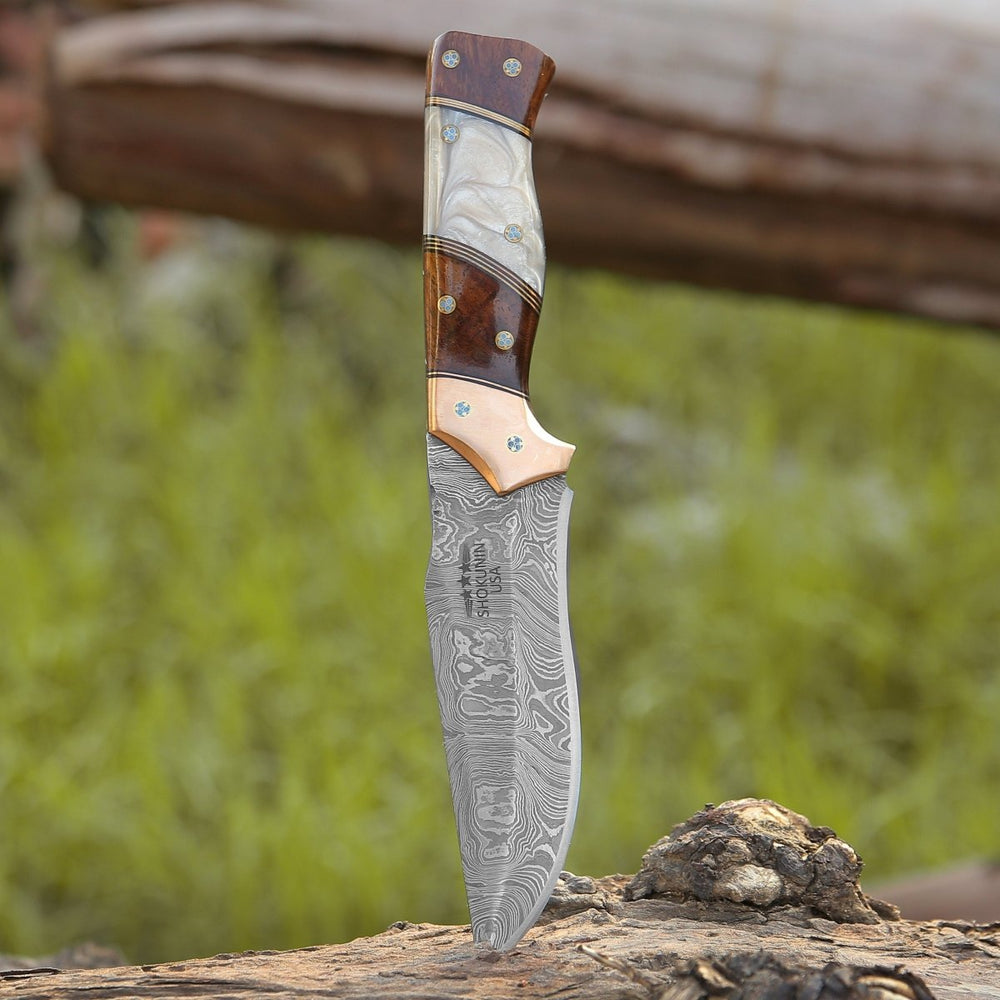


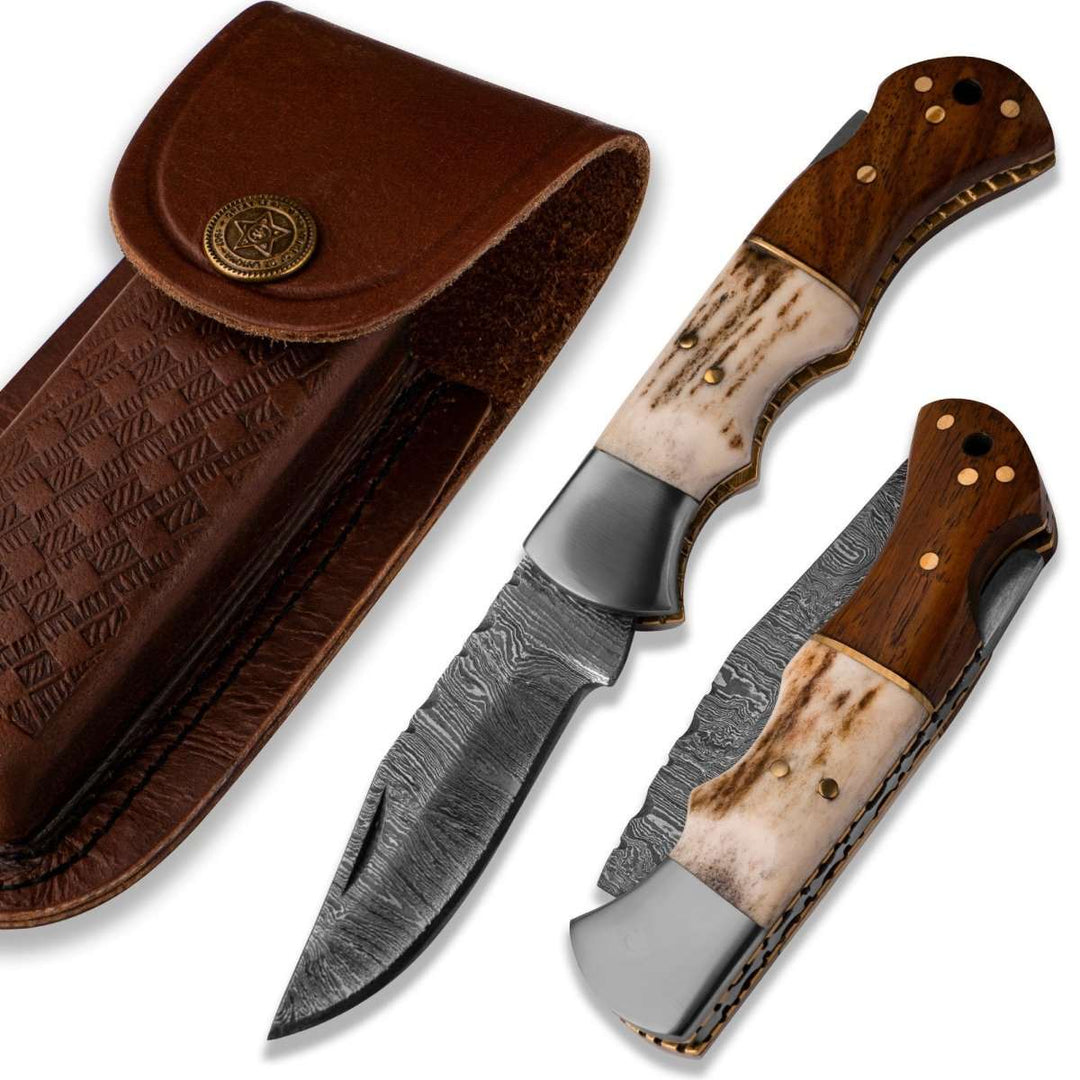





Dejar un comentario